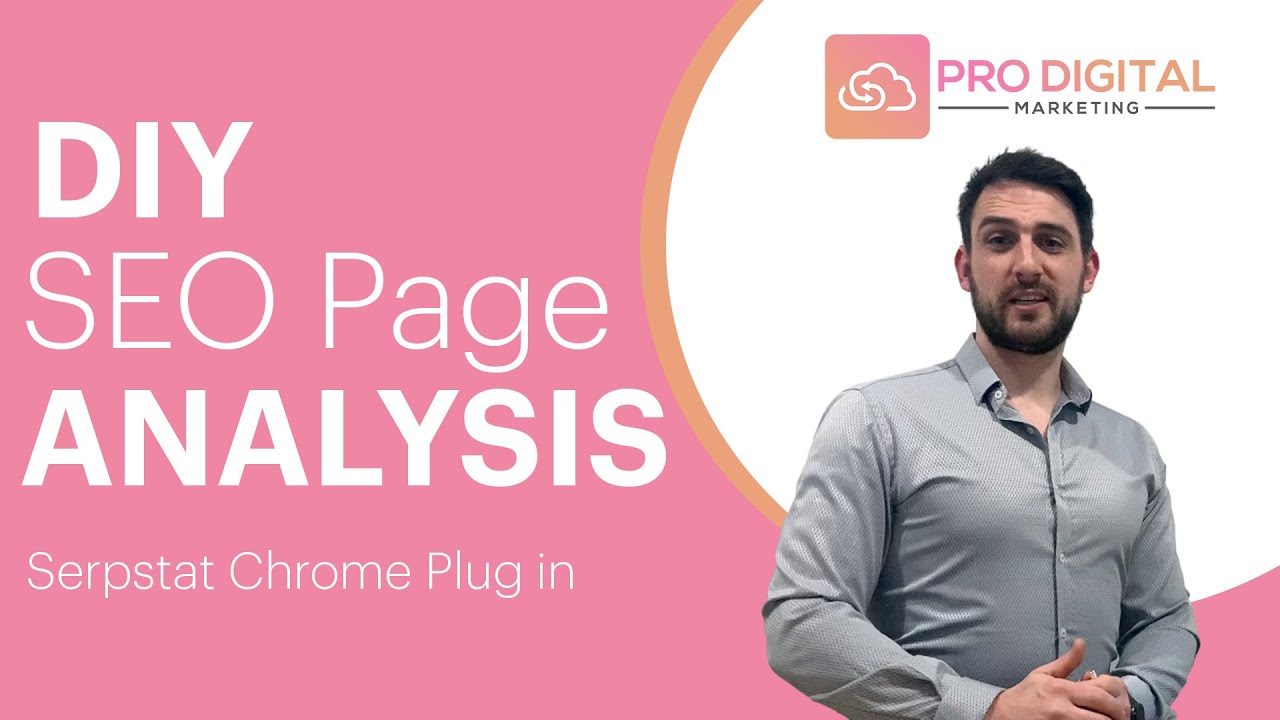Social media platforms—like Facebook, Instagram, Twitter, YouTube, Pinterest—allow us a way to directly connect with customers and consumers like never before. More than that—you are connecting with an audience who wants to see your offer, and what your business brand is all about. Social media is like going to the store and browsing past all the stores—if something catches your attention, you want to see more. Good social media marketing campaigns keep your audience engaged and coming back to get to know more about your brand identity.
Traditionally, email marketing was the technique that was pushed and prodded towards audiences for years. While some email campaigns are very effective in reaching their target audience, many become junk or discarded straight into the trash. Customers are frustratedly trying to unsubscribe to remove the irritating “ping” of the inbox throughout the day.
Social media platforms have created a low intrusive environment where people don’t need to defend themselves from online marketing. This allows customers to view advertisements and engage with posts of their interests.
The key to getting customers through social media channels is to develop and clear social media marketing strategy and develop a social business brand. Your business-customer relationships are not the same as friendships, and often marketing ‘experts’ blue these lines. With that in mind – here are 6 key mistakes businesses are making that cause your social media marketing technique to fail.
6 Social Media Marketing Mistakes Businesses are Making
1. Not having a social media marketing strategy!
Thousands of businesses around the world, including your competitors, are using social media to effectively reach their audiences and promote their products. Every brand that takes its business seriously should make an effort and learn “how to do social media”. This starts with developing your brand’s very own social media strategy. This is the foundation to everything else that follows and includes an action plan and clearly defined goals. Any social media marketing strategy needs:
- Goals
- Target Audience
- Tactics
- Time Investment
- Team
It also includes the types of posts your business should be using – images, videos, blog URLs, reshares, retweets, hashtags, events, and defining the tone of voice for your social media brand.
Once you come up with your social media marketing plan – you need to stick to it! Have predefined and measurable goals, and plans to achieve these goals, including setting time limits to keep your resources in place, but have the game progressing.
2. Not understanding your target audience!
Your audience is the most important thing you need to know about. Over 3 billion people use social media, which means no matter how hard you work on your social networks – if you do not understand who your target audience is, your results will be disappointing. A lot of businesses simplify their audience to the point where this distorts reality rather than helping them better understand it.
Most people who use Instagram for example, are between 18 to 34 years old, which classifies them as the definition of the ‘Millennial generation.’ But who are Millennials? They’re entitled, into memes and TikTok and known as the ‘me’ generation – yet if you go by this definition, your social media campaign is done for.
Instead, study your audience to understand them better. You aren’t interested in ‘Millennials’, you’re interested in the people who are buying from your brand, and who these people are. In reality, millennials are focused on saving, they read blogs before they buy, they get recommendations from their social media networks, they are concerned about health and environmental issues, and they value experiences over physical experiences. Knowing this information doesn’t just help you to create more precise targeting, it also helps you adjust your tone and content too.
If you have comprehensive customer persona sheets from Google Analytics, you’ll have an easier time creating both written content and promotions for your customers. You will also have the opportunity to use ‘lead segmentation’ to segment your leads across all platforms using this information, which is a common practice used to show content to specific customer subsets.
3. Not having a brand identity or lacking personality
At least 50% of Facebook users said the platform influenced their purchasing decisions – that’s over half of all Facebook users – around 1.5 billion people. If you already have a solid social media marketing plan and have identified your target audience, your attention needs to shift to make sure your content and messaging align with your brand identity.
Marketers and brand owners usually want to be perceived as helpful, energetic and caring by their audience and consumers – so it’s vital to demonstrate this across all social media platforms.
Social media sites directly connect with customers and consumers with a genuine interest in who they are and what you provide – but your brand personality is the glue that holds everything together.
4. Not tracking your results!
Social media marketing is a powerful way of promoting your brand and you can track your progress in real-time. You can make strategic changes in your campaign and target audiences on the go – and you can stop non-performing ads at any moment to save your money until your ad has been re-optimised.
There’s hardly any point in using social media without actionable insights. Just as you measure your SEO and email marketing campaign success with analytics software, you should also track and assess your performance with social media metrics. Track and learn from your social media campaigns – expecting to get amazing results from your very first post or campaign is overly optimistic. Track and learn from your performance and continue towards your business goals.
Use Google Analytics to track shares and analyse traffic to your website to determine if they are converting to leads and sales. Measure the quality of your followers and popularity of your posts to understand the extent of your influence – this data will help your future social media marketing efforts.
Start with monitoring engagement, trends in buying decisions and customer conversion. It’s important to define the social KPI’s, demographic filters and factors affecting customer engagement. Doing this assists the software in easily identifying the details that are useful for your campaign.
5. Not dealing with negative social media feedback!
Negative feedback gives you a chance to improve the quality of your service and build brand community trust. Not using negative feedback to your advantage is a missed opportunity a lot of businesses fail to use to their advantage. Overlooking negative feedback to identify the underlying issue can improve your social media marketing strategy. Recognising larger problems in your sales process and fine-tuning and adjusting your plan, can create a better experience for your customers. Remember – the more detailed the feedback, the easier for your to understand and correct your shortcomings.
When you face negative feedback – engage as early as possible, Have a carefully planned marketing message and keep the dialogue upbeat.
Social media is about people – and people want to be treated as individuals with respect and dignity. If you approach your work on social media marketing as dealing with people in mind – then you will be okay. When you find yourself addressing negative feedback, concentrate on what you can change and work to find a solution and not a scapegoat. Don’t delete it, ask them to call or email you and use a neutral tone while being helpful and polite.
6. Not doing enough – or doing too much!
Spamming and having very little interaction can have the same level of negative impact on a social media marketing campaign. When you over-promote your products and services, many of your customers and followers will start to lose interest or become irritated. A good rule of thumb is to keep your promotional activities to a minimum. A recommended pattern would be to post one promotional post, for every four non-promotional posts. Other posts shared would be considered ‘non-promotional’ updates – which would include reshares, images or photos that depict or show your ‘brand culture’, examples or images of your office or ‘team culture’, infographics, ‘how-to’ guides, or blog posts. When posting something, focus on making sure your shares add value to your audience and brand identity.
Alternatively, very little interaction can be just as damaging to a brand social media campaign. It can force your audience to see your social media platform as ‘banner space’ when in reality ‘social’ is about creating conversations and directing engagement. Lack of conversation with your clients and followers decreases the value of your social presence and doesn’t build on valuable relationships. Forgetting to post, or not being regular can affect your impressions, engagement rates and damage your social media marketing efforts. Not posing regularly can also hide your content from most of your followers. As a solution, avoid posting and updating just because you have to (plan what will be published on a social media content calendar at least a month in advance), and schedule posts automatically in advance for certain times of the day or week.
Social media marketing is a valuable tool that can help grow your business beyond your wildest expectations. There’s no one thing that you need to do to make your social media efforts A+. Take care of each indented need, align your goals and processes, and ensure that you do well on the basics and build on that. You can’t get to that point without properly researching your target audience and discovering your brand identity. Take an audience-first approach with clear, set objectives, demonstrate customer care, bring and add value to your customers, be consistent, and fulfil audience expectations. Using all of these tips and putting them into practice will increase your social media impact, grow your customer base and engagement, and be evident in your return on investment – through additional sales, leads, shares, and brand awareness.



